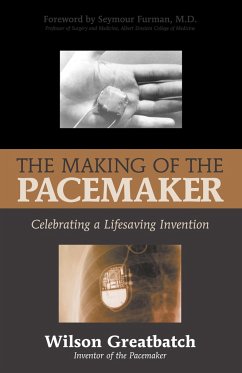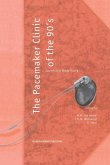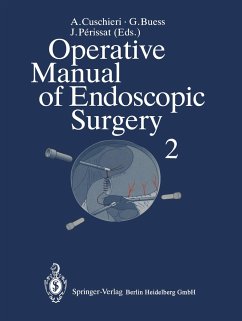Wilson Greatbatch, an electrical engineer in Buffalo, NY, had a brilliant idea and the technical know-how to turn his idea into a practical device, for which millions of people today are grateful. This is the story of the first pacemaker by the man who invented it. Intrigued by electronics from the time he was a boy, Greatbatch earned a degree in electrical engineering from Cornell University. It was during his time at Cornell that he first became interested in the medical applications of electronic devices. He learned about the problem of heart blocking at Cornell and knew it was fixable in principle, but at the time the vacuum-tube technology was impractical for medical use. By the 1950s he was teaching at the University of Buffalo School of Electrical Engineering and the first silicon transistors had just been invented. While using one of the new $90 transistors on another project Greatbatch discovered by accident, as he describes it, the proper design for a blocking oscillator that he immediately knew would work as a pacemaker. He soon interested Dr. William Chardack, chief of surgery at the Veteran's Administration Hospital in Buffalo, in the project, and by 1958 they were conducting animal experiments. Greatbatch quit his job and for the next two years devoted full-time in his wood-heated barn workshop to building one pacemaker after another. During this time he built fifty pacemakers, forty of which went into animal experiments. By 1960 he and a team of surgeons and engineers had gained enough knowledge from the trial and error of the animal experiments to feel ready to begin implanting the remaining ten devices in people. The first trials went well and Greatbatch's device extended the lives of many of these seriously ill patients by decades. What followed were years of hard work refining the battery and electrode technology, marketing the pacemaker to an initially skeptical medical community, and keeping the company that manufactured the device profitable. Reminiscent of Edison's many dogged attempts to find the right solution in pursuit of an ingenious idea, The Making of the Pacemaker is a human-interest story at its best and also an important firsthand account for the medical archives of an invention that today saves millions of lives.








